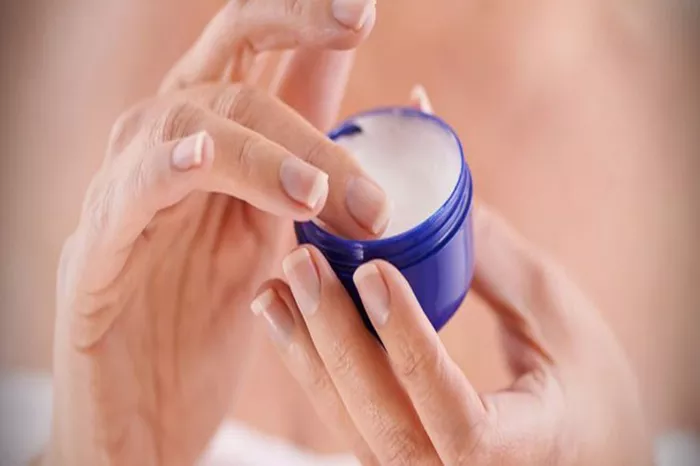Petroleum jelly, commonly known by the brand name Vaseline, offers a range of surprising uses from preventing chafing and treating diaper rash to softening facial hair and stopping squeaky doors. However, its most common application is in skin care, where it is used to moisturize, protect, and heal the skin. Despite its widespread use, it’s important to understand whether petroleum jelly is suitable for everyone’s skin care routine.
What is Petroleum Jelly?
Petroleum jelly was discovered in the 1850s by oil workers who observed a byproduct of drilling equipment forming a substance they called “rod wax.” A Pennsylvanian chemist later refined this semi-solid mixture of mineral oil and waxes, patenting the formula and naming it Vaseline. The primary ingredient in petroleum jelly is purified petroleum, known as white petroleum. This refined product is devoid of carcinogenic or irritating substances, according to Dr. Dustin Portela, a board-certified dermatologist and founder of Treasure Valley Dermatology in Boise, Idaho.
Is Petroleum Jelly Beneficial for Skin Care?
Petroleum jelly is widely regarded for its soothing and healing properties. “It’s effective for treating dry lips, dry skin, minor cuts and scrapes, and even diaper rash,” says Dr. Farah Moustafa, a board-certified dermatologist and director of Laser and Cosmetics at Tufts Medical Center. Its ability to form a protective barrier helps facilitate healing and prevent water loss, making it a valuable moisturizer, especially for skin affected by eczema.
Additionally, Dr. Elika Hoss, a board-certified dermatologist and director of the Mayo Clinic Dermatology Cosmetic Clinic, highlights that petroleum jelly is non-irritating and has a low risk of allergic reactions, making it safe for most people.
Dr. Debra Jaliman, a board-certified dermatologist and assistant clinical professor at Mt. Sinai School of Medicine, notes that while petroleum jelly is non-comedogenic and won’t block pores, it may not be ideal for acne-prone skin. She suggests that lighter moisturizers might be more suitable for such skin types.
Considerations for Use
Despite its benefits, some users may find petroleum jelly to be greasy. Dr. Hoss points out that it can feel heavy and may require a bandage or dressing to protect clothing and bedding. This is because petroleum jelly sits on top of the skin rather than being absorbed, which can be uncomfortable for some individuals, as noted by Dr. Portela.
Application on the Face
For those who can tolerate its texture, petroleum jelly can be used on the face and lips. Dr. Jaliman advises that it is suitable for very dry skin, provided there is no tendency for breakouts. Dr. Portela suggests applying a thin layer to avoid excessive greasiness and recommends using it after a shower on dry skin for optimal absorption and minimal residue.
In summary, while petroleum jelly offers numerous skin care benefits and is safe for most people, its effectiveness can vary depending on individual skin types and preferences.
Related topic:
Can You Get Rid Of Moles And Freckles?
How Can I Rebuild Collagen in My Face?
The Best Fix for Dry and Wrinkled Skin


